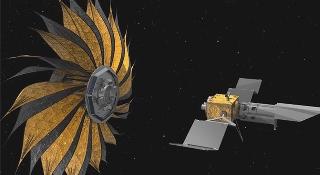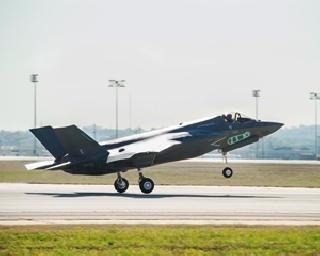
This image shows the prototype starshade, a giant structure designed to block the glare of stars so that future space telescopes can take pictures of planets. A NASA photo.
WASHINGTON (PTI): NASA has designed a new spacecraft that looks like a giant sunflower to hunt for alien planets that resemble Earth in size, composition and temperature.
The spacecraft might one day be used to acquire images of Earth-like rocky planets around nearby stars, NASA said.
The prototype deployable structure, called a starshade, is being developed by NASA's Jet Propulsion Laboratory in Pasadena, California.
The search is on for planets that resemble Earth in size, composition and temperature, NASA said.
Rocky planets with just the right temperature for liquid water - not too hot, not too cold - could be possible abodes for life outside our solar system.
NASA's Kepler mission has discovered hundreds of planets orbiting other stars, called exoplanets, some of which are a bit larger than Earth and lie in this comfortable "Goldilocks" zone.
Researchers generally think it is only a matter of time before we find perfect twins of Earth.
The next step would be to image and characterise their spectra, or chemical signatures, which provide clear clues about whether those worlds could support life.
The starshade is designed to help take those pictures of planets by blocking out the overwhelmingly bright light of their stars.
"Simply put, the starshade is analogous to holding your hand up to the Sun to block it while taking a picture of somebody," said NASA.
The proposed starshade could launch together with a telescope, NASA said.
Once in space, it would separate from the rocket and telescope, unfurl its petals, then move into position to block the light of stars.
 Previous Article
Previous Article Next Article
Next Article













The Indian Air Force, in its flight trials evaluation report submitted before the Defence Ministry l..
view articleAn insight into the Medium Multi-Role Combat Aircraft competition...
view articleSky enthusiasts can now spot the International Space Station (ISS) commanded by Indian-American astr..
view article